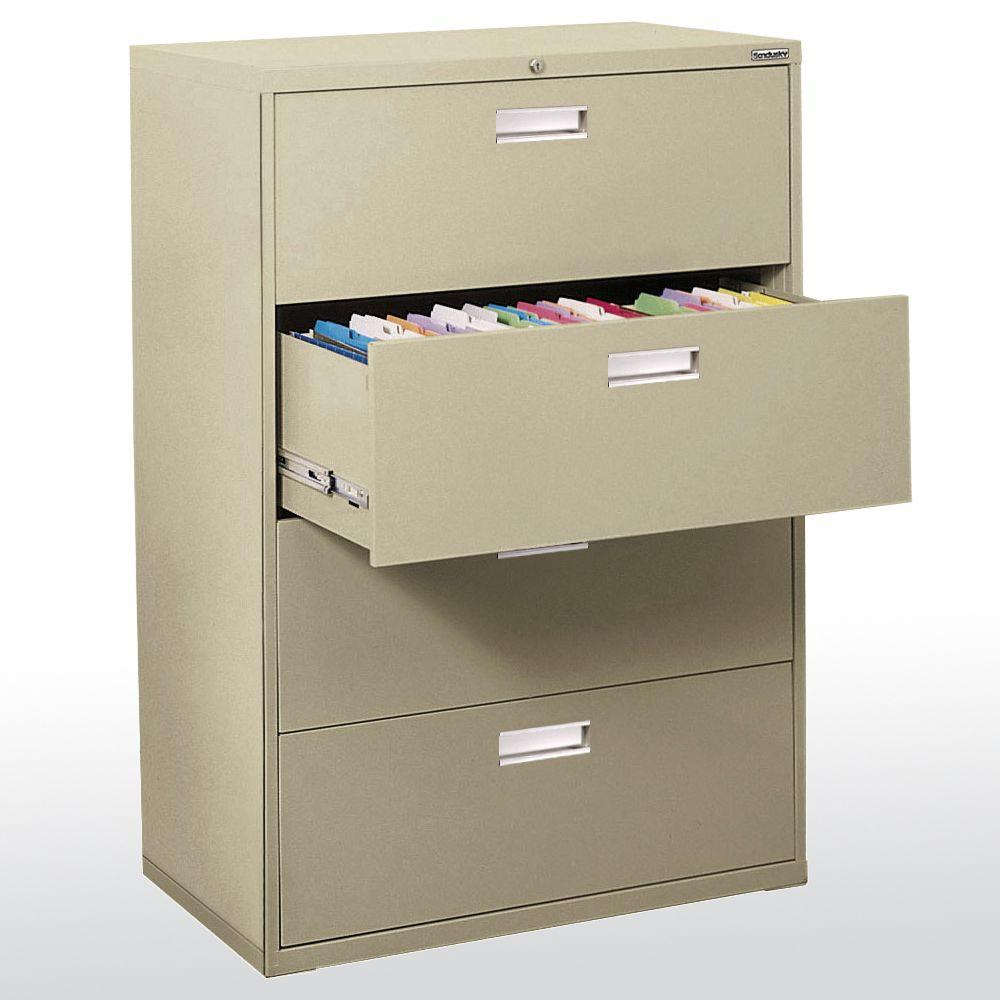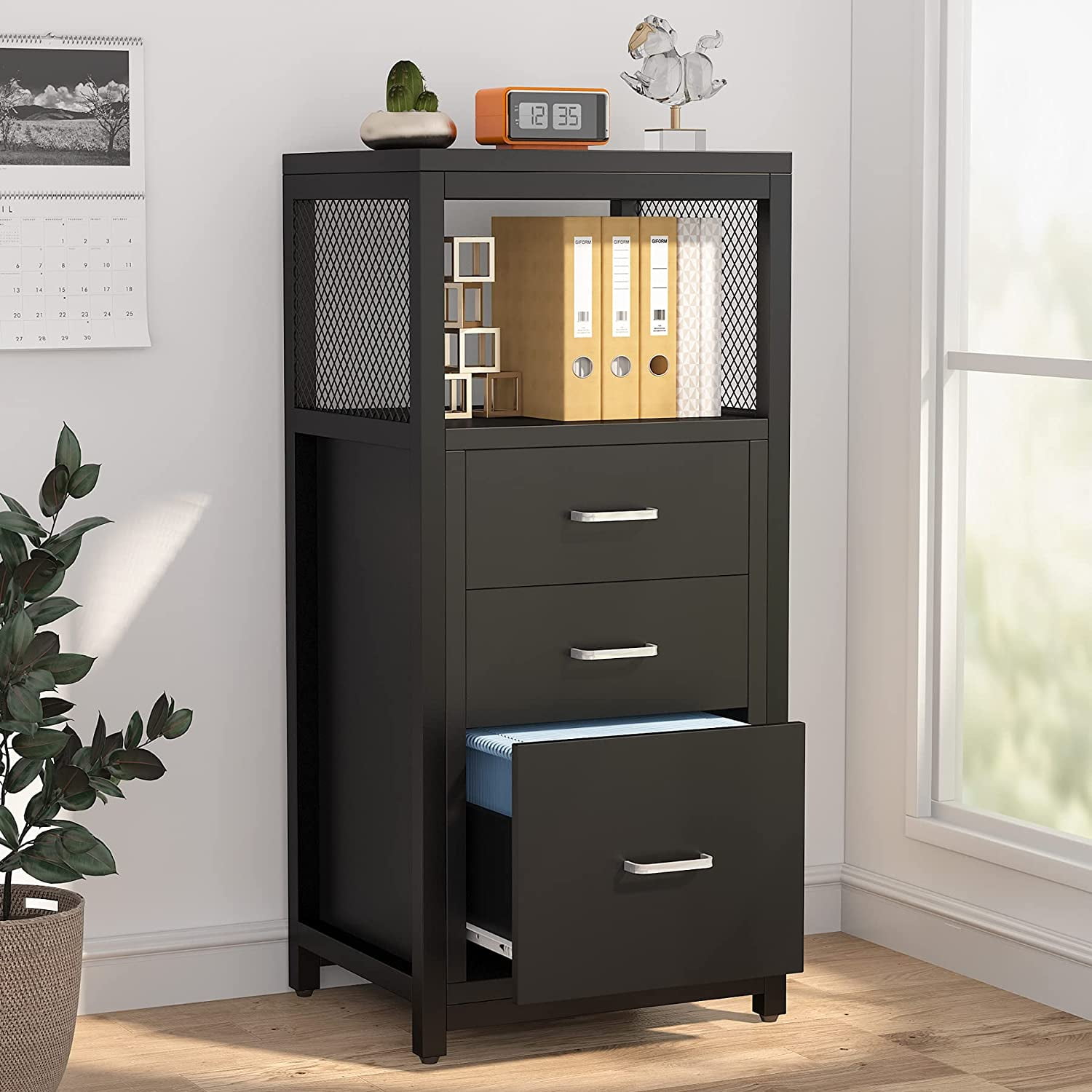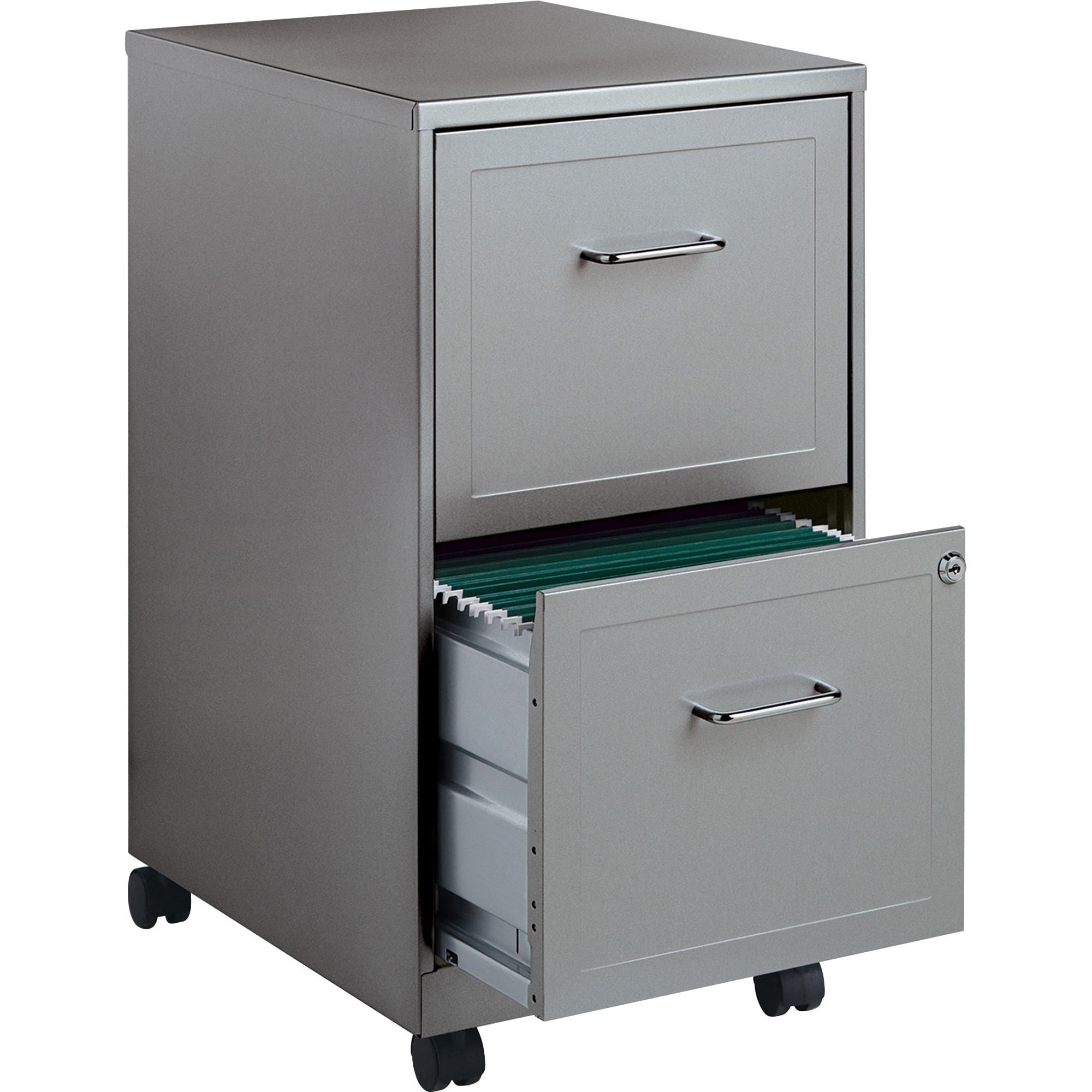Flat Paper Storage Cabinet Features and Benefits

Flat paper storage cabinets have emerged as a modern alternative to traditional filing cabinets, offering a more efficient and user-friendly approach to document organization and storage. These cabinets are designed to accommodate flat documents, eliminating the need for bulky folders and binders. This streamlined approach leads to significant advantages in terms of space efficiency, accessibility, and security.
Space Efficiency, Flat paper storage cabinet
Flat paper storage cabinets are significantly more space-efficient than traditional filing cabinets. They allow for vertical storage of documents, maximizing the use of vertical space and minimizing the footprint required. This is particularly beneficial in offices with limited floor space, where every square inch counts.
Accessibility
One of the primary advantages of flat paper storage cabinets is their enhanced accessibility. The flat design allows for easy access to individual documents without the need to sift through multiple folders or binders. This quick and convenient retrieval process saves time and improves overall productivity.
Security
Flat paper storage cabinets are often equipped with security features that protect sensitive documents from unauthorized access. These features may include locking mechanisms, fire-resistant materials, and even digital access control systems. The secure storage environment ensures the confidentiality and integrity of valuable documents.
Types of Flat Paper Storage Cabinets
There are various types of flat paper storage cabinets available, each catering to specific needs and applications.
- Lateral Filing Cabinets: These cabinets feature drawers that open sideways, providing easy access to documents. Lateral filing cabinets are ideal for storing large volumes of documents, as they offer a high storage capacity. They are commonly used in offices, libraries, and archives.
- Vertical Filing Cabinets: These cabinets have drawers that open vertically, similar to traditional filing cabinets. However, they are designed to accommodate flat documents, eliminating the need for folders. Vertical filing cabinets are suitable for smaller document storage needs and are often found in home offices or small businesses.
- Mobile Filing Cabinets: These cabinets are equipped with wheels, allowing for easy movement and access to documents. Mobile filing cabinets are particularly useful in large offices or warehouses, where documents need to be readily available in different locations. They also offer flexibility in terms of space utilization.
- Plan Filing Cabinets: These cabinets are specifically designed for storing large-format documents, such as blueprints, maps, and architectural drawings. They feature wide drawers that can accommodate oversized documents, ensuring their safe and organized storage.
Choosing the Right Flat Paper Storage Cabinet

Choosing the right flat paper storage cabinet is essential for organizing and protecting your important documents. There are many factors to consider when making your selection, including size, capacity, material, and budget. Understanding these factors will help you choose the best cabinet for your specific needs.
Types of Flat Paper Storage Cabinets
The type of flat paper storage cabinet you choose will depend on the size and weight of the documents you need to store, the frequency of access, and your budget.
- Lateral Filing Cabinets: These cabinets are ideal for storing large volumes of documents and offer easy access to files. They feature drawers that open sideways, allowing you to see the entire contents of each drawer at once. Lateral filing cabinets are typically made of metal or wood and are available in various sizes. They are a popular choice for offices, libraries, and other businesses that need to store a large amount of paper.
- Vertical Filing Cabinets: These cabinets are a more compact option for storing documents and are perfect for smaller offices or home offices. They feature drawers that open vertically, providing easy access to files. Vertical filing cabinets are typically made of metal or wood and are available in various sizes. They are a good choice for businesses that need to store a smaller amount of paper and want to save space.
- Mobile Filing Cabinets: These cabinets are designed to be moved around easily, making them ideal for small offices or home offices. They feature drawers that open vertically and can be wheeled from one location to another. Mobile filing cabinets are typically made of metal and are available in various sizes. They are a good choice for businesses that need to access files frequently and want to save space.
- Fire-Resistant Filing Cabinets: These cabinets are designed to protect your important documents from fire damage. They are made of fire-resistant materials and are typically equipped with a fire-resistant door. Fire-resistant filing cabinets are a good choice for businesses that need to store sensitive or irreplaceable documents.
Factors to Consider When Choosing a Flat Paper Storage Cabinet
- Size and Capacity: Consider the amount of space you have available and the number of documents you need to store. If you have a lot of documents, you will need a larger cabinet with more drawers. If you have limited space, you may want to consider a smaller cabinet with fewer drawers. A general rule of thumb is to calculate the total number of files you need to store and then choose a cabinet with enough drawers to accommodate them. This will ensure that your cabinet is not too small or too large for your needs.
- Material: Flat paper storage cabinets are typically made of metal or wood. Metal cabinets are durable and long-lasting, while wood cabinets are more aesthetically pleasing. Metal cabinets are also more resistant to scratches and dents. However, wood cabinets may offer a more traditional look and feel, which may be more suitable for certain environments. The choice between metal and wood depends on your personal preference and the specific needs of your office or home office.
- Budget: Flat paper storage cabinets come in a wide range of prices. Consider your budget and choose a cabinet that fits your needs without breaking the bank. It’s important to balance cost with functionality and durability. While a cheaper cabinet may be tempting, it may not be as durable or offer the same level of functionality as a more expensive one. It’s important to choose a cabinet that will meet your needs for years to come.
- Features: Some flat paper storage cabinets come with additional features, such as locks, adjustable shelves, and casters. These features can make your cabinet more secure, versatile, and easy to use. Consider the features that are important to you and choose a cabinet that offers them.
Using Flat Paper Storage Cabinets Effectively

A flat paper storage cabinet can be a valuable asset for any office or home, but it’s crucial to utilize it effectively to reap the full benefits. Proper organization and storage practices are essential for easy retrieval, efficient space utilization, and long-term document preservation.
Labeling and Indexing Systems
Labeling and indexing systems are fundamental for efficient document retrieval. A well-designed system ensures that you can locate any document quickly and easily.
- Clear and Consistent Labeling: Use clear, concise labels that accurately reflect the contents of each file. Avoid using ambiguous or generic labels. Consistent labeling across all files makes it easier to find what you need. For instance, instead of “Financial Documents,” use “2023 Tax Returns” or “Investment Statements 2022.”
- Color Coding: Consider color-coding files to quickly identify different document types. For example, use blue for legal documents, green for financial records, and yellow for personal papers. This visual cue can significantly speed up the search process.
- Numerical Indexing: Implementing a numerical indexing system can be beneficial, particularly for large volumes of documents. This system assigns a unique number to each file, creating a logical order for storage and retrieval. For instance, you can start with “1” for the oldest documents and progress sequentially as you add new files.
File Management Systems
A robust file management system provides a structured approach to organizing and storing documents, ensuring that they are readily accessible and well-maintained.
- Alphabetical Filing: This classic system arranges files alphabetically by subject, making it easy to locate documents. For instance, you might have a section for “Bills,” another for “Contracts,” and another for “Insurance.” Within each section, files are arranged alphabetically by name or date.
- Chronological Filing: This system orders files by date, starting with the oldest and progressing to the newest. It is particularly useful for financial records, invoices, and other documents that need to be readily accessible by date.
- Subject-Based Filing: This method categorizes files by subject, grouping related documents together. It can be helpful for organizing documents that relate to specific projects, clients, or events. For example, you might have a folder for “Project X” containing all relevant documents related to that project.
Maximizing Space Utilization
Efficient space utilization is key to maximizing the capacity of your flat paper storage cabinet. Consider these strategies:
- Vertical Storage: Utilize vertical space by using hanging files, file folders, and other vertical storage solutions. This maximizes storage capacity and keeps documents organized and easily accessible.
- File Compression: Consider using file compression techniques to reduce the physical size of documents. This can free up valuable space within the cabinet. Techniques include using smaller file folders, removing unnecessary documents, and scanning documents to create digital copies.
- Drawer Organizers: Drawer organizers can help to divide the drawer into smaller compartments, creating dedicated spaces for different document types. This promotes order and allows you to easily find what you need.
Storage Solutions for Specific Document Types
Different document types require specialized storage solutions to ensure their preservation and easy retrieval.
- Legal Documents: Legal documents often require secure storage due to their sensitive nature. Consider using fireproof and waterproof file folders or storage boxes. You may also want to consider storing these documents in a safe or a secure location within your home or office.
- Financial Records: Financial records, such as tax returns, bank statements, and investment documents, should be organized and stored in a secure and easily accessible manner. Consider using hanging files or file folders labeled with the year and type of document. You may also want to create a dedicated section within your cabinet for these documents.
- Personal Papers: Personal papers, such as birth certificates, passports, and insurance policies, should be organized and stored in a safe and accessible location. Consider using a dedicated file folder or storage box labeled “Personal Papers” for easy identification.
Flat paper storage cabinets are a lifesaver for keeping those stacks of important documents organized. But, what if you need something a little more stylish for your living room? Maybe you’re looking for a tv stand cabinet tall that can double as storage for your favorite movies and games?
After all, a flat paper storage cabinet might not be the most elegant choice for your entertainment center. So, if you need a blend of function and style, a tall TV stand cabinet could be the perfect solution.
Flat paper storage cabinets are a must-have for any organized home, whether you’re tackling paperwork, crafting projects, or simply keeping your desk clutter-free. While they might not be as glamorous as a sleek kitchen with modern black cabinets and white countertops , they offer the same practical benefits: organized storage and a sense of calm.
And let’s face it, a well-organized home is a happy home!